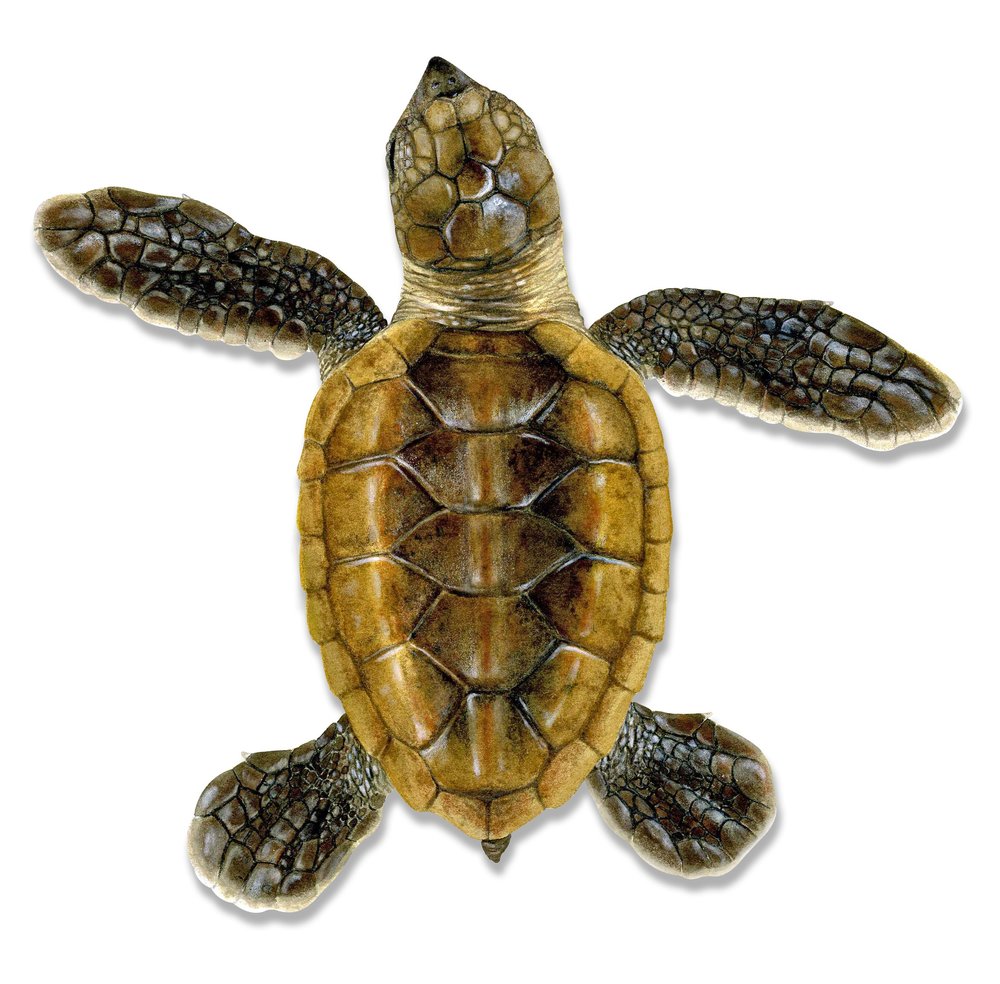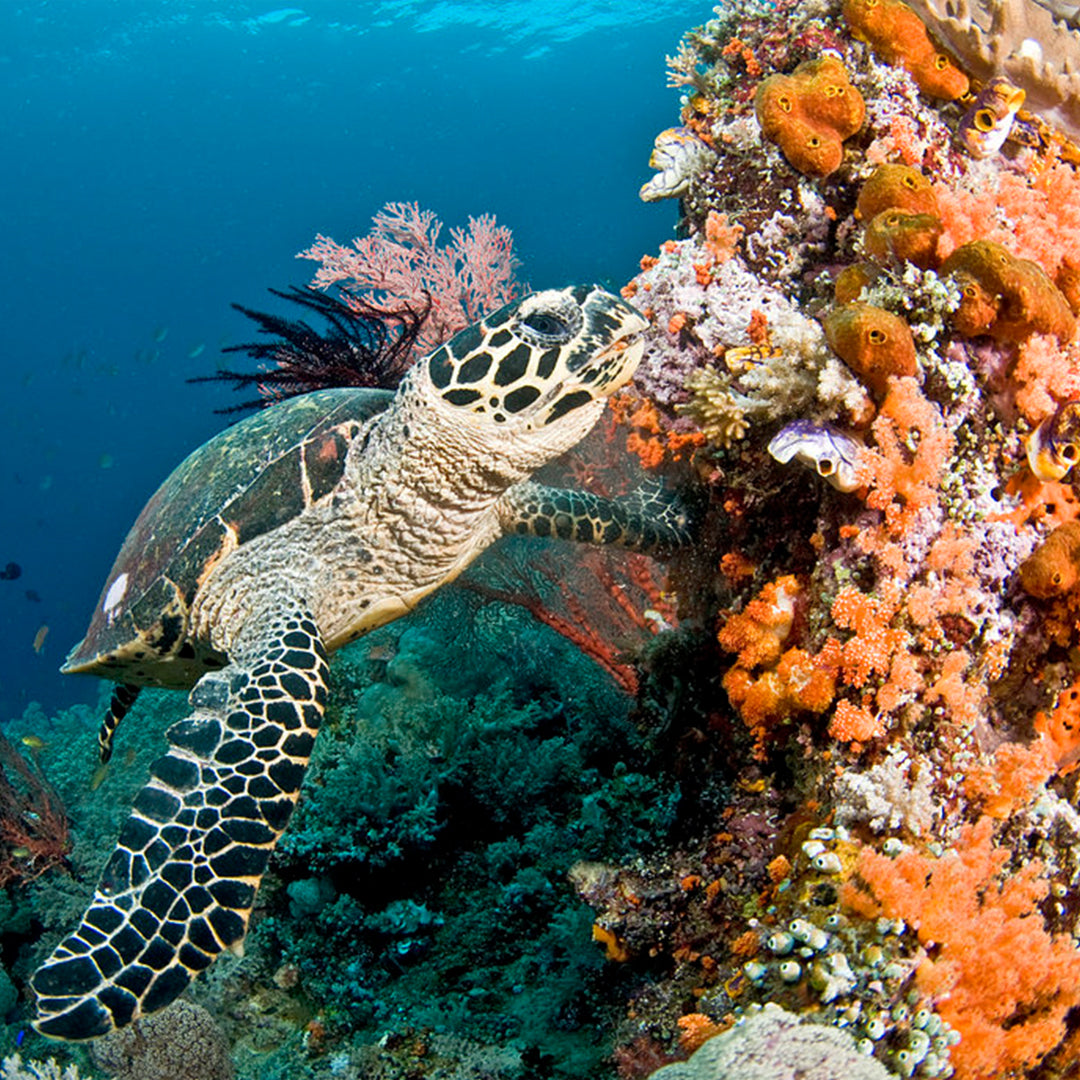We are always thrilled with the news of an endangered species making progress like this. If you haven't heard, the Hawksbill Turtle, an endangered sea turtle species has made a return to the Pilbara coast of Western Australia, after it was first recorded laying eggs 30 years ago. This 60-year-old sea turtle was spotted laying eggs on three separate occasions in the past 30 years and was first tagged and identified on November 29, 1990.
The Dampier Archipelago, a group of 42 islands in WA is a popular nesting destination for this critically endangered species as it is made up of reefs, shoals, channels and straits. Conservationists, volunteers and Pilbara community members patrol the beaches and record numbers of turtles.


History of the Hawksbill Turtle
Hawksbill sea turtles or Eretmochelys imbricata live 30-50 years, spanning 24 to 45 inches and weighing 100 to 150 pounds. Along with other sea turtles, they've been swimming around for about 100 million years.
The name 'hawksbill' comes from the resemblance of its mouth to a bird-like beak.


Habitat of the Hawksbill Turtle
They aren't huge fans of deep water! In fact, they are rarely seen in water more than 65 feet (21 meters) deep, which means you might even see them snorkelling or scuba diving!
Hawksbill turtles are circumtropical and can be found in oceans, seas and tropical waters. They are the most tropical of all the sea turtle species, so they don't mind a bit of travel around the globe.


What makes them so special?
When these beautiful ocean creatures are babies, their shell is somewhat heart-shaped and as they grow, their shell extends. Unfortunately, they are often hunted for their beautiful shells.
Hawksbill turtles are a fundamental link in marine ecosystems and help maintain the health of coral reefs and seagrass beds.


Threats to the Hawksbill Turtle
Other than ocean predators, Hawksbill turtles are critically endangered mainly due to human impact.
The cruel tortoiseshell trade has existed since ancient Egyptian times and unfortunately, in some parts of the world, turtles are still consumed as food, including their precious eggs.
Coastal development also contributes to their habitat loss as they have less places to nest.
Of course, due to climate change, the death of many coral reefs is detrimental to sea turtles as this is where they find their main source of food.


How can you help?
- Take action with Climate Change
- Participate in regular beach cleanups
- Donate to local turtle conservationists and/or volunteer
- Stop consuming seafood (if you're not already vegan) turtles often get caught in large fishnets
- Make sustainable plastic-free swaps, lots of plastic ends up in the ocean
- Never release balloons into the sky, many end up in the ocean and are mistaken as food
We hope you are feeling as inspired as we are to help conserve these beautiful endangered creatures. Remember, small changes like refusing plastic straws or even bringing your own reusable straw with you can make a difference, we've all seen that horrible video of a plastic straw being removed from a turtle's nostrils.
If you liked this blog, make sure you check out our other Eco News blogs:
Where Have All The Christmas Beetles Gone?
Does Your Council Provide Rebates For Eco Friendly Products?

